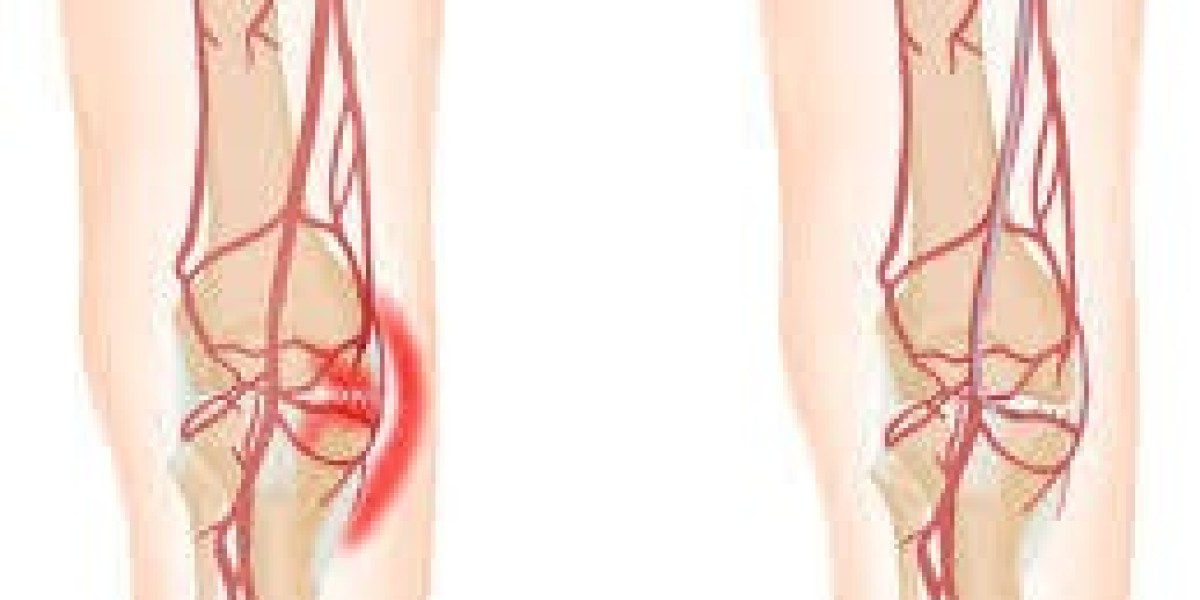Varicose veins are a common condition affecting millions of people worldwide, characterized by swollen, twisted veins that often appear on the legs. They result from weakened or damaged valves in the veins, which cause blood to pool and the veins to enlarge. This condition can lead to discomfort, pain, and, in severe cases, complications such as ulcers or blood clots. Traditionally, treatments for varicose veins included methods like vein stripping, sclerotherapy, and compression stockings. However, laser therapy has emerged as a highly effective and minimally invasive option. But how effective is laser therapy for varicose veins? This article explores the success rates and patient outcomes associated with this treatment.
Understanding Laser Therapy for Varicose Veins
Laser therapy for varicose veins involves using focused light energy to target and close off the affected veins. There are two main types of laser treatments used for varicose veins: endovenous laser Ablation (EVLA) and simple laser treatment.
- Endovenous Laser Ablation (EVLA): EVLA is the most common laser treatment for larger varicose veins. It involves inserting a small laser fiber into the vein under ultrasound guidance. The laser emits energy that heats the vein walls, causing them to collapse and seal shut. Over time, the treated vein is absorbed by the body, and blood is rerouted to healthier veins.
- Simple Laser Treatment: This method is typically used for smaller veins and spider veins. The laser is applied externally to the skin, targeting the veins just below the surface. Like EVLA, the heat from the laser causes the veins to shrink and eventually disappear.
Success Rates of Laser Therapy for Varicose Veins
The success rates of laser therapy for varicose veins are generally high, with many studies and clinical trials reporting positive outcomes. Here’s a closer look at the effectiveness of EVLA and simple laser treatment.
- Endovenous Laser Ablation (EVLA) Success Rates:
EVLA has become the gold standard for treating large varicose veins due to its high success rates and minimal invasiveness. Research shows that EVLA has a success rate of 94-98% in closing off varicose veins. The procedure is highly effective in eliminating symptoms like pain, swelling, and leg heaviness associated with varicose veins.
Long-term studies have demonstrated that the benefits of EVLA are sustained over time. One study found that the success rate of vein closure remained around 95% even five years after the procedure. This high success rate, coupled with a low risk of complications, makes EVLA a preferred choice for many patients and healthcare providers. - Simple Laser Treatment Success Rates:
Simple laser treatment is effective for smaller veins and spider veins, with success rates ranging from 70-80% after a few sessions. This method is less invasive than EVLA and is often used in combination with other treatments like sclerotherapy to achieve optimal results.
The outcomes of simple laser treatment are generally favourable, with most patients experiencing a significant reduction in the appearance of spider veins and small varicose veins. However, multiple sessions may be required to achieve the desired results, and the effectiveness can vary depending on factors such as the size and location of the veins.
Factors Influencing the Success of Laser Therapy
Several factors can influence the success of laser therapy for varicose veins, including:
- Vein Size and Location:
- Larger veins are more effectively treated with EVLA, while smaller veins respond better to simple laser treatment. The location of the veins also plays a role, as veins located deeper in the leg may require more precise targeting with laser energy.
- Patient Health:
- Overall health and the presence of other medical conditions can impact the success of laser therapy. Patients with conditions like diabetes or poor circulation may experience slower healing and may need additional treatments.
- Skill and Experience of the Practitioner:
- The success of laser therapy largely depends on the expertise of the healthcare provider performing the procedure. Proper technique and precise targeting of the laser are crucial for achieving optimal results.
- Post-Treatment Care:
- Following the recommended post-treatment care is essential for ensuring the best outcomes. This may include wearing compression stockings, avoiding strenuous activity, and attending follow-up appointments to monitor the treatment’s effectiveness.
Patient Outcomes and Benefits of Laser Therapy
Patients who undergo laser therapy for varicose veins often report high levels of satisfaction with the results. The benefits of laser therapy include:
- Minimally Invasive Procedure:
- Both EVLA and simple laser treatment are minimally invasive, meaning there is no need for large incisions or stitches. This results in less scarring, reduced pain, and a quicker recovery compared to traditional surgical methods.
- Quick Recovery Time:
- Patients typically experience a short recovery period, with many returning to normal activities within a few days. This is a significant advantage over more invasive treatments that may require weeks of downtime.
- Reduced Risk of Complications:
- The risk of complications with laser therapy is low. Common side effects like bruising, swelling, and mild discomfort usually resolve within a few weeks. Serious complications such as deep vein thrombosis or nerve damage are rare.
- Long-Term Relief from Symptoms:
- Laser therapy not only improves the appearance of varicose veins but also provides long-term relief from symptoms like pain, swelling, and heaviness in the legs. This can significantly enhance the quality of life for patients who suffer from varicose veins.
Limitations of Laser Therapy
While laser therapy is highly effective, it is not without limitations. Some patients may require additional treatments if the initial procedure does not completely close off the veins. In rare cases, varicose veins may recur, requiring further intervention. Additionally, laser therapy may not be suitable for patients with certain medical conditions or for those with veins that are too large or too deep to be effectively treated with laser energy alone.
Conclusion
Laser therapy has proven to be a highly effective treatment option for varicose veins, offering high success rates and favorable patient outcomes. Whether through EVLA or simple laser treatment, patients can achieve significant relief from symptoms and improve the appearance of their legs with minimal risk and downtime. While factors such as vein size, patient health, and the expertise of the practitioner can influence the success of the treatment, laser therapy remains a valuable tool in the management of varicose veins. As technology and techniques continue to advance, the effectiveness and accessibility of laser therapy for varicose veins are likely to improve even further, providing more patients with a safe and effective solution for this common condition.



